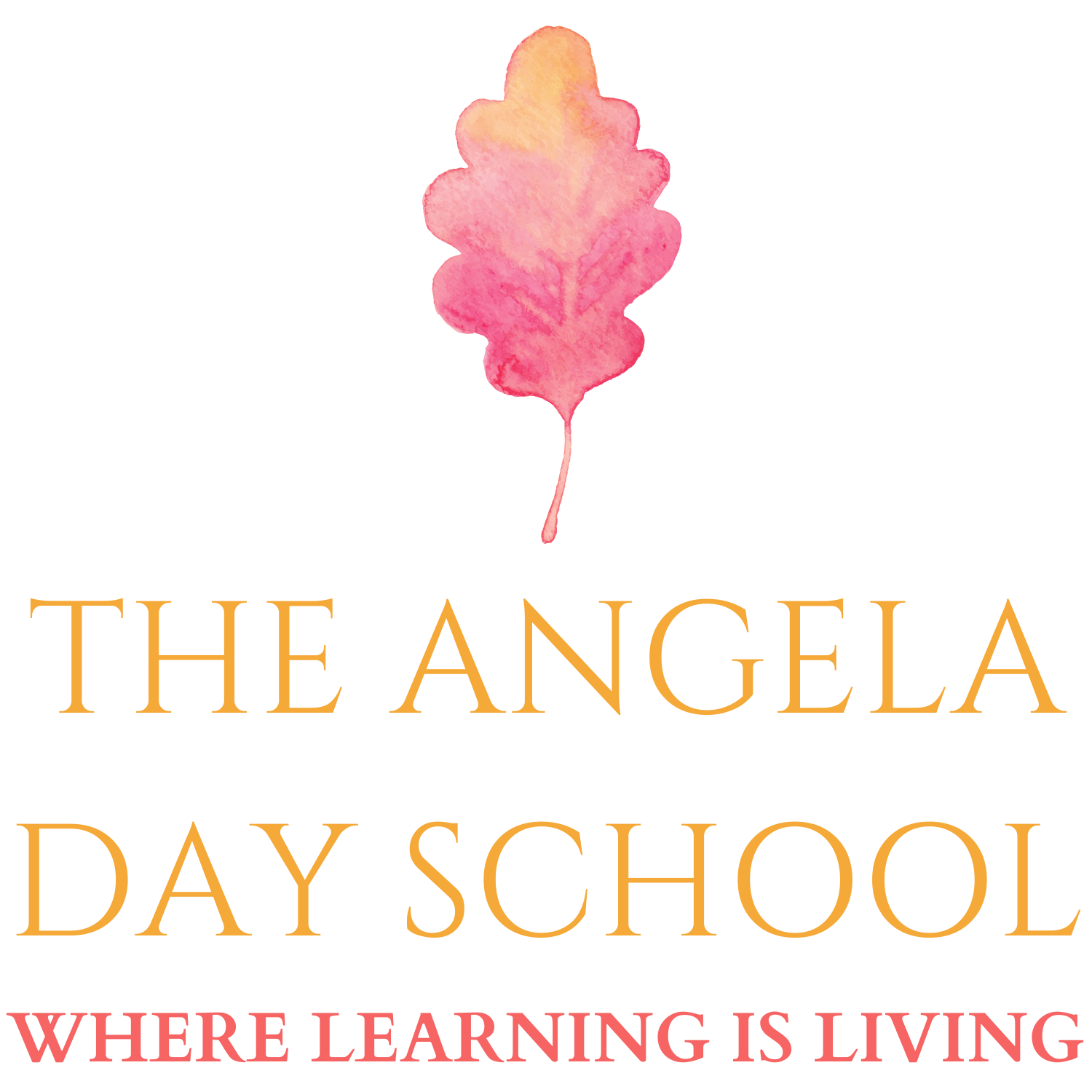
Governance
A Democratically Run School
“You cannot prepare kids for democracy unless they experience living in a democracy.”
- Deborah Meier
Governance Model: Collaborative Leadership
Consensus Based and Collaborative Governance Model
The Angela Day School utilizes a consensus based governance model. The school governance and leadership model is consensus driven and collaborative in nature. Structurally, the school is organized to allow for collective consultation and consensus across the governing bodies. Parents, teachers, students, and community members are all held responsible for ensuring the longevity and viability of The Angela Day School. The governance model is broken down into five parts or spheres of influence, with three branches of governance overseeing the operation of the school: the administrative branch, the oversight branch, and the academic branch.
Sphere 1: The first sphere of influence is the Board of Directors. With no clear majority and equal representation across all constituencies, the Board of Directors is responsible for overseeing and ensuring the sound management of The Angela Day School.
Sphere 2: The second sphere of influence is the school administration led by the Executive Director and Head of School who oversees the direction and operation the Angela Day School and is responsible for the day-to-day administrative management of the school.
Sphere 3: The third sphere of influence is the Teacher’s Consortium, or the collective body of teachers, who oversees the academic and curricular direction of the school. The Consortium is supported by the work of the Pedagogical Director who oversees professional development and the collective evaluation process for continuous review and reflection.
Sphere 4: The fourth sphere of influence are families, the Family Council helps support the school’s community support initiatives, helps organize annual family events, and oversees fundraising efforts.
Sphere 5: The fifth sphere of influence is students. Through the Student Council, students review issues of importance and are involved in issues of governance whereby they vote for student representatives to serve on the Board of Directors.
Organizational Structure
Organizational Structure
The school is organized into three branches: the Administrative, the Academic, and the Oversight Branches. Each branch works collaboratively together to ensure the effective management of the school.
Administrative: The Administrative Branch manages the non-academic duties of the school to allow the academic branch to focus on student learning and development. The Administrative Branch focuses on student welfare, operational details, communications, safety, and student services.
Academic: The Academic Branch guided by the Pedagogical Director in collaboration with the Teacher’s Consortium, works collectively to develop the school curriculum. The Consortium also takes part and weighs in on decisions of new teacher hires and works alongside administrative leaders to design and oversee student programming.
Oversight: The final branch is the oversight branch led by the Administrative Coordinator for Antiracist Curriculum and Programming. While also serving as a teaching faculty member, the Coordinator is responsible for holding the entire school accountable for fulfilling the charter mandate to be an antiracist school. The Coordinator for ACP works directly with the Consortium during curriculum development, advises the Board on the status of the school meeting it’s antiracist goals, leads the annual school antiracist assessment, and serves as a general resource for parent information and education.
School Board Information
Board meetings take place the 3rd Wednesday of the month at 6:00pm
Board Meeting Calendar
2023-2024 Board Meeting Calendar
Special Meetings & Emergency Meetings
From time to time the Board of Directors may meet inbetween monthly board meetings to conduct business. Upcoming meetings are updated regularly.
Sunday, October 6, 2023 @ 5:00pm
Board Agendas and Minutes
Approved Meeting Mintutes
Board Packets
Bylaws
Board Composition
The composition of the board of directors is designed to provide equal representation for all constituent groups: parents, teachers, community members and students. The composition of the board is as follows:
Three teacher leaders elected and nominated by the staff
Three student representatives elected and nominated by the students;
Three parent or guardian representatives elected and nominated by the families;
Three community-at-large representatives, nominated by the board of directors
Board Organization
The Board of Directors has organized a number of standing committees for the purpose of supporting the effective management of the school. Occasionally, the board will create special committees that are focused on tackling or accomplishing a specific task or problem.
Longstanding Board Committees:
Finance
Facilities and Operations
Environmental Sustainability and Farm School
Fundraising, Development, and Community Engagement
Recruitment and Outreach
Executive
Board of Directors
*****Notice: The Board has determined, pursuant to MN 13D.021, Subd. 1(1), that because of the pandemic, in-person meetings are not practical at this time. All meetings will take place via Zoom until further notice.*****
Upcoming Board & Special Meetings
BOARD OF DIRECTORS MEETING:
Time: November 18th, 2023 at 6:00pm Central Time
Join Zoom Meeting: https://us06web.zoom.us/j/98797105315?pwd=MCtMMzNaSHI5NzlwZFlLOERSOUdwZz09
Meeting ID: 987 9710 5315
Passcode: 942169










